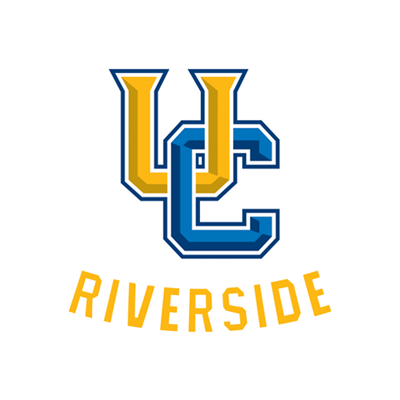Assignments
[Latex Template] [Programming Guidance]
Please carefully read the Academic Integrity before you start working on the homework assignments.
In short, you can get help from the instructors, TAs, textbooks (or relevant books), the Internet, or discussions with your classmates, but you must cite them fully and completely (i.e., provide citations to the book or website link, acknowledge the other students that had discussions with you). Again, you are NOT allowed to:
When you write down your solution, it MUST be close-book. This is to make sure you truly understand and can recreate the solutions.
📃 Entrance Exam
There is an entrance exam for this course. There are 6 programming problems, covering several important algorithms you should have learned in undergraduate algorithm courses (simple sorting, greedy, DP, graph algorithms). Each of them should only take a few lines of code. You need to finish them in the first week. Each of them is 1 point in your final grade. The full marks are 5 points, mapping to 5% in your overall score. This means that you only need to pass 5 problems to get full marks. If you finish all of them, you will get 1 point bonus (6 points in total) and a bonus candy. Ideally you should pass all of them. ⚠ I would not recommend anyone getting < 4 points to take the course.
If you cannot finish them in the first week, you are simply not ready for the course, and I suggest you to take the prerequisite courses and take CS218 again in the future (otherwise the course will also be too difficult to you, too).
📝 Assignments
There will be in total 5 assignments, each including both written and programming problems. We have 10 deadlines, which is help to push you plan ahead to work on the assignments 😜
In particular, you need to finish the “training” programming problems in the first week (except for HW1). Generally they are simpler questions and are not too hard to finish within one week.
Each assignment have full marks of 10 points (mapped to 10% in your final score), and many bonus points available.
- 5 points for required written problems.
- 4 points for training programming problems. There are usually 2-3 training problems, which are simple problems very similar to the algorithms we covered in class.
- 3 points of challenge problems, which are more challenging and advanced problems. There will be 3 such problems, 1 point each. You can work on any of them (i.e., getting 1 point) to get the full marks of each assignment. If you solve more, they will be directly counted as bonus points. If you solved any problem in this part completely (i.e., getting full marks), you earn one candy.
This means that you can get 12 out of 10 points if you work on ALL the problems (although that’s very very difficult!). Those beyond 9 points will be counted as bonus. For all the challenge problems, if you finish them before the June 10, you can get half of the points but no candy.
The first assignment is special in that there will not be any training problems (you can view this part as the entrance exam).
| Assignment | Training Deadline | Deadline | Solutions |
|---|---|---|---|
| HW1 | - | 04/13 | Solutions |
| HW2 | 04/20 | 04/27 | Solutions |
| HW3 | 05/04 | 05/11 | Solutions |
| HW4 | 05/18 | 05/25 | Solutions |
| HW5 | 06/01 | 06/08 | Solutions |
🖋 Written Assignments
You must use LaTeX to prepare your solution. Here you can find sample code for writing solutions using LaTeX.
In grading, we will reward not only correctness but also clarity and simplicity. To avoid losing points for hard-to-understand solutions, you should make sure your solutions are either self-explanatory or contains good explanations. Please understand that grading your assignments is a lot of work for your TAs and readers, especially determining the correctness and cost bounds for your algorithms. We reserve the right to manually deduct points for solutions that are conceptually correct but does not show a sincere attempt to explain the ideas clearly.
💻 Programming Assignments
For all programming assignments, you will submit them on CodeForces. You can find a guidance document here. You still need to submit a short report in your write-up about each of the programming problems. The report does not need to be very long, but should contain:
- CodeForces id and submission id.
- A short description of your algorithm.
- Some analysis of your algorithm (time complexity, correctness, etc.) if needed.
We run automatic code comparison programs on student solutions. These programs are very good at detecting similarity between code, even code that has been purposefully obfuscated. Such programs can compare a submitted assignment against all other submitted assignments, against all known previous solutions of a problem, etc. The signal-to-noise ratio of such comparisons is usually very distinctive, making it very clear what code is a student’s original creative work and what code is merely transcribed from some other source. Cheating is simply not worth the risk.
